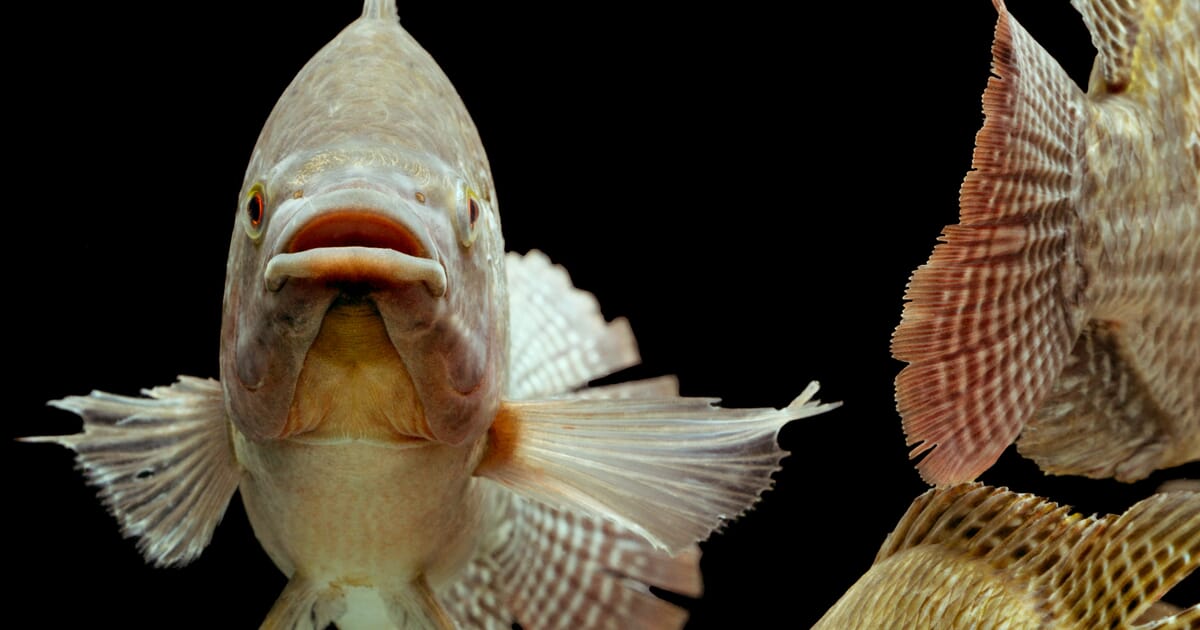RikuzaYuzu
New Member
Hello,my dad started keeping some red tilapia at the back of his house.
He said that his fish started dying one by one like a day or two ago,and he didn't do anything particular.My dad uses a pump brought online and also a filter with lava rocks and some other things inside as filter media.
He bought about 50 of them and 5-6 of them died
Can someone tell me what's the problem? And i can't give pictures or videos right now since my dad is outside.
He said that his fish started dying one by one like a day or two ago,and he didn't do anything particular.My dad uses a pump brought online and also a filter with lava rocks and some other things inside as filter media.
He bought about 50 of them and 5-6 of them died
Can someone tell me what's the problem? And i can't give pictures or videos right now since my dad is outside.



